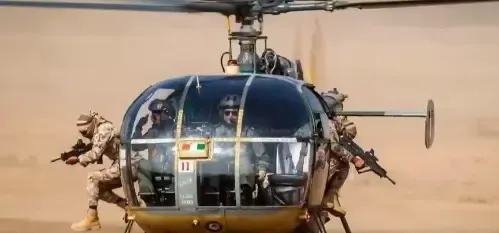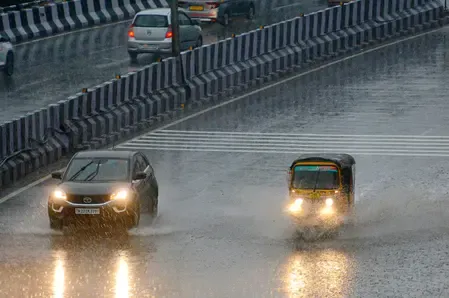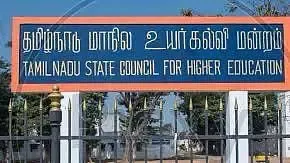How are the Army's Thar Raptor Brigade, Sudarshan Chakra & Konark Corps Validating Seamless Joint Capabilities?

Synopsis
Key Takeaways
- Joint operations enhance combat efficiency.
- Realistic drills prepare forces for future challenges.
- Technological synergy is crucial for modern warfare.
- Inter-agency coordination strengthens national security.
- Multi-domain readiness is essential for operational success.
New Delhi, Nov 7 (NationPress) The aviation components of the Army's Thar Raptor Brigade, in strong collaboration with the mechanized units of Sudarshan Chakra and Konark Corps, are executing high-tempo combined arms operations to validate seamless joint capabilities under realistic battlefield conditions, an Army official stated on Friday.
These integrated exercises are part of the Army's Southern Command ongoing desert drills, MaruJwala and Akhand Prahaar, being conducted under the tri-services framework of 'Exercise Trishul'.
The operations aim to refine and validate joint aviation-mechanized Tactics, Techniques, and Procedures (TTPs), ensuring improved coordination and combat readiness.
“Covering a broad spectrum of aviation missions — including surveillance and reconnaissance, special heliborne operations, rapid troop insertions, and close-support maneuvers, the exercises emphasize technological synergy, operational excellence, and the spirit of jointness among the participating formations,” the official remarked.
Through these rigorous and realistic drills, the Southern Command continues to shape the future battlespace, showcasing the Indian armed forces' ability to function as a cohesive, agile, and technologically advanced force, ready to tackle evolving battlefield challenges.
Exercise Trishul, led by the Indian Navy in conjunction with the Indian Army and Indian Air Force, began in early November.
Headquarters Western Naval Command, in close collaboration with the other services, are conducting the exercise, which entails large-scale operations across the creek and desert sectors of Rajasthan and Gujarat, along with comprehensive maritime operations including amphibious operations in the North Arabian Sea.
Covering the Gujarat coastline and the northern Arabian Sea, the Army’s Southern Command, the Western Naval Command, and the South Western Air Command are the main formations involved in the exercise. The Indian Coast Guard, Border Security Force, and other central agencies are also significantly present, further enhancing inter-agency coordination and integrated operations.
The exercise's aim is to achieve validation and synchronization of operational procedures across the three services, facilitating joint effect-based operations in a multi-domain environment. Important goals include improving interoperability of platforms and infrastructure, bolstering the integration of networks across the services, and advancing jointness in operations across various domains.









